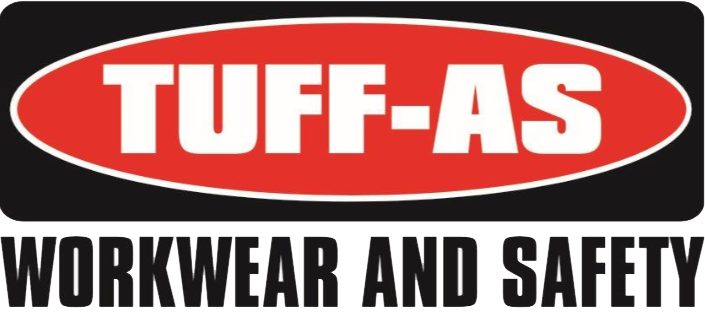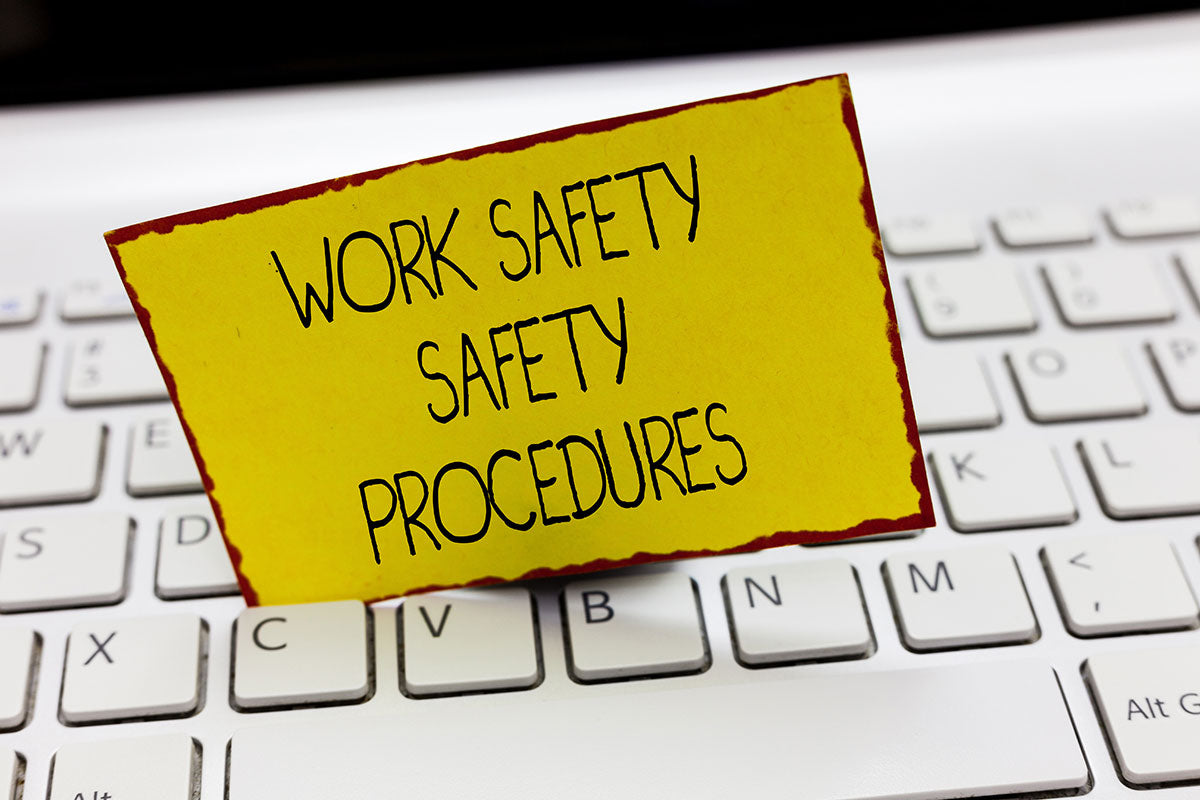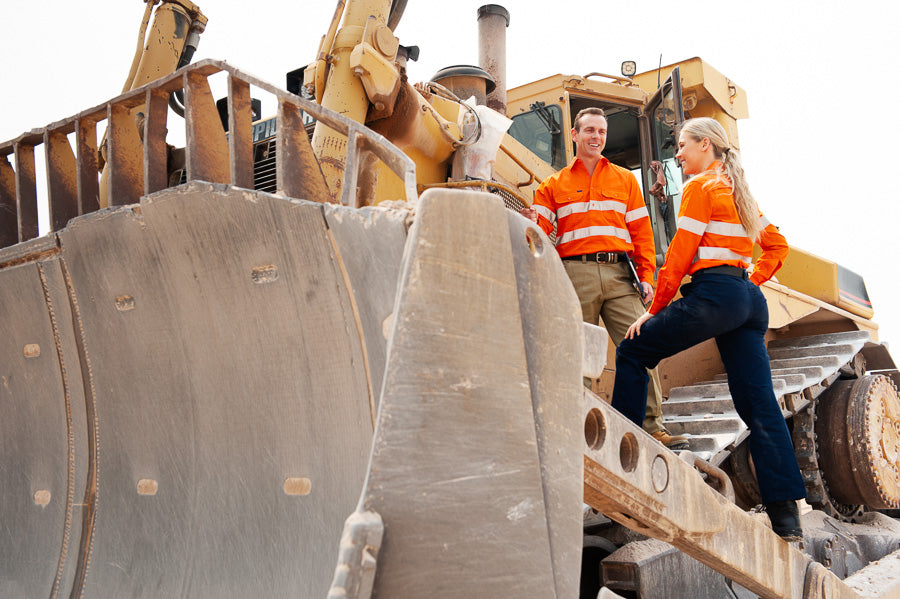When we are helping our clients to build their safety management system, one of the most common areas of confusion is the safe work method statements (SWMS). We have list a few of our FAQ below to try and help you and your business understand the legislation around a SWMS.
What is a SWMS?
A safe work method statement is a document that details how a business will perform a high risk construction activity, the hazards associated with the activity and the control measure to reduce the risk of those hazards.
Do I need a SWMS?
Under the Work Health and Safety Act, a safe work method statement is required when you are performing work that fall into one of the following 18 high risk construction categories:
- where there is a risk of a person falling more than 2 metres (Note: in some jurisdictions this is 3 metres)
- Work on a telecommunication tower
- Demolition of load-bearing structure
- Likely to involve disturbing asbestos
- Temporary load-bearing support for structural alterations or repairs
- Work in or near a confined space
- Work in or near a shaft or trench deeper than 1.5 m or a tunnel
- Use of explosives
- Work on or near pressurised gas mains or piping
- Work on or near chemical, fuel or refrigerant lines
- Work on or near energised electrical installations or services
- Work in an area that may have a contaminated or flammable atmosphere
- Tilt-up or precast concrete elements
- Work on, in or adjacent to a road, railway, shipping lane or other traffic corridor in use by traffic other than pedestrians
- Work in an area with movement of powered mobile plant
- Work in areas with artificial extremes of temperature
- Work in or near water or other liquid that involves a risk of drowning
- Diving work
What information must be included in a SWMS?
A SWMS must:
- identify the work that is high risk construction work
- document the hazards and risks relating to the high risk construction work
- describe how you plan on controlling the risk, and
- describe how the control measures are to be implemented, monitored and reviewed
REMEMBER, KEEP IT SIMPLE…A SWMS should be short and focus on describing the specific hazards of the high risk construction work and the control measures. It is important that the SWMS can be easily understood by workers, including those from non-English speaking backgrounds. For example, pictures or diagrams may be a more effective way of communicating information. A lengthy, overly detailed SWMS can be difficult to understand, apply at the workplace, monitor or review.




